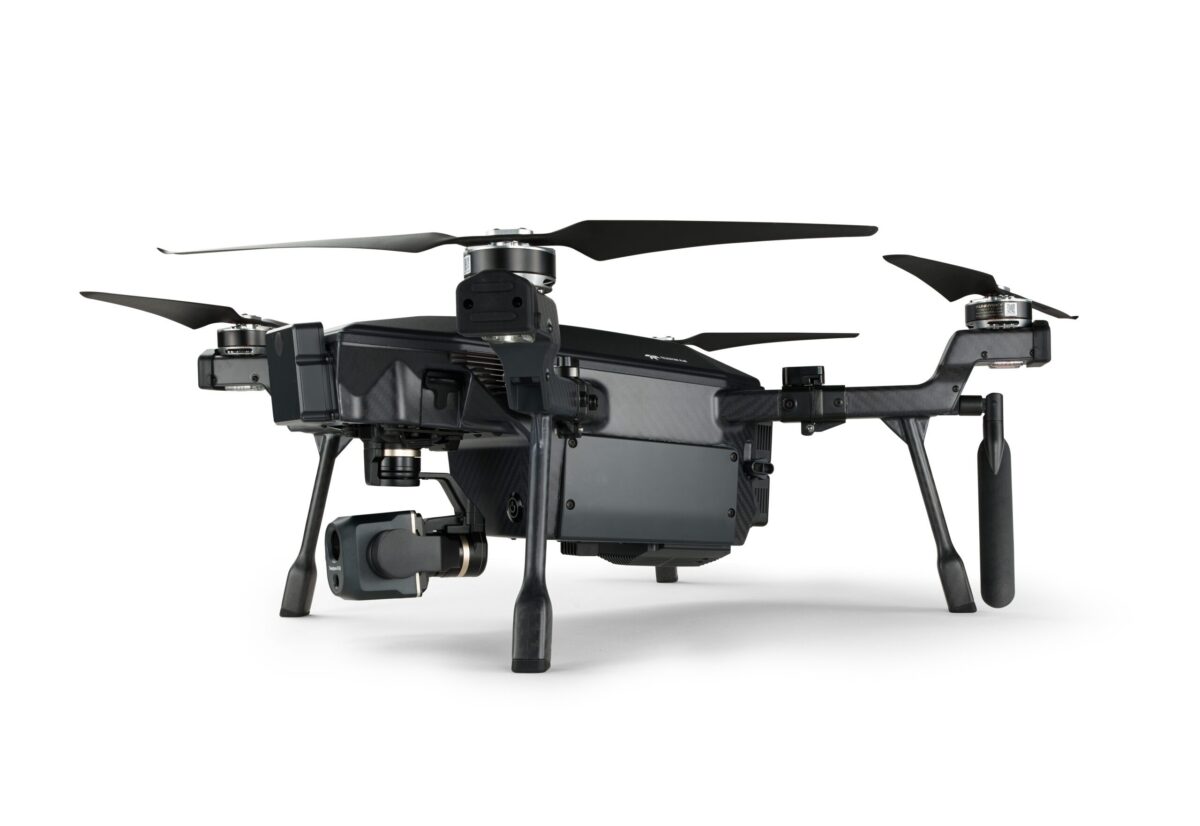Commercial Drone Alliance Calls for Regulatory Clarity and Expanded Counter-UAS Authorities

 Lisa Ellman, Executive Director of the Commercial Drone Alliance (CDA), testified before the U.S. House of Representatives Subcommittee on Aviation today, February 6, 2025. Her remarks addressed the evolving landscape of counter-unmanned aircraft systems (counter-UAS) policies and the need for balanced regulations that ensure security while enabling commercial drone operations.
Lisa Ellman, Executive Director of the Commercial Drone Alliance (CDA), testified before the U.S. House of Representatives Subcommittee on Aviation today, February 6, 2025. Her remarks addressed the evolving landscape of counter-unmanned aircraft systems (counter-UAS) policies and the need for balanced regulations that ensure security while enabling commercial drone operations.
The Role of Drones in Society
Drones play a crucial role in various industries, improving safety, reducing costs, and enhancing emergency response efforts. “Communities across the country use this technology every day to fight wildfires, respond to natural disasters, inspect critical infrastructure, bring aid to remote places, and even deliver food and medicine,” Ellman stated. The commercial drone sector is projected to generate billions of dollars for the economy, benefiting businesses of all sizes.
Despite these benefits, concerns persist regarding unauthorized drone operations. “The commercial drone industry shares the Congress’ and the public’s desire to ensure that drones are operated safely and in compliance with applicable laws and regulations,” Ellman emphasized. She acknowledged public concerns about drone activity and called for greater transparency and education to build trust in commercial drone use.
Establishing a Regulatory Framework for Safe Drone Operations
Ellman urged policymakers to implement a strong regulatory foundation to support safe and secure drone integration. She highlighted the importance of the Federal Aviation Administration’s (FAA) Remote Identification (Remote ID) rule, which requires drones to broadcast digital license plates. “The public can now use several readily available smartphone apps (such as Drone Scanner) to identify a drone’s license plate—much like we do with cars on the road,” she explained.
While the Remote ID rule enhances transparency, Ellman stressed the need for improved compliance and public education. She also called for the swift implementation of pending FAA regulations on beyond visual line-of-sight (BVLOS) operations and drone security around critical infrastructure, known as the “2209 rule.” “Unfortunately, despite calls by this Committee for action, congressionally-mandated deadlines for both rules have been ignored at the expense of the drone industry and the American public,” she noted.
To further strengthen security, Ellman recommended the adoption of a “verified operator” program. This initiative would function similarly to TSA Pre-Check, helping authorities differentiate between legitimate commercial drone operators and unauthorized users. “The commercial drone industry would willingly participate in such a program to enable the government to maintain a database of authorized commercial UAS operations and help relevant agencies and public safety officials with threat discrimination,” she stated.
Expanding Counter-UAS Authorities
Ellman also discussed the need to expand counter-UAS capabilities, ensuring law enforcement and security agencies can mitigate drone-related threats. She expressed support for the House’s efforts to address these concerns through H.R. 8610, the “Counter-UAS Authority Security, Safety, and Reauthorization Act,” and H.R. 4333, the “Safeguarding the Homeland from the Threats Posed by Unmanned Aircraft Systems Act of 2023.”
“The current version of the bill is a significant step in the right direction and makes strides to improve the transparency, security, safety, and accountability of our NAS,” Ellman said. She urged lawmakers to ensure counter-UAS policies remain technology-agnostic, allowing security teams to adopt the most effective solutions for different environments.
Additionally, she recommended expanding the Counter-UAS Pilot Program to include more state, local, tribal, and territorial (SLTT) law enforcement agencies. “This expansion is critical to collecting enough data from a diversity of circumstances and geographies to inform future policy,” she noted. She emphasized the importance of beginning preparatory work on operator training, system testing, and standards development to avoid delays in implementation.
A Balanced Approach
Ellman concluded by reiterating the need for a balanced approach to drone regulation. “Our collective goal is to enable compliant, careful, commercial drone operators while addressing the challenges posed by careless, clueless, or criminal actors,” she stated. She encouraged lawmakers to move forward with clear regulatory guidelines and expanded counter-UAS authorities to safeguard national security while promoting innovation.
For more information on the Commercial Drone Alliance’s policy efforts, visit www.commercialdronealliance.org.
Want DRONELIFE news delivered to your inbox every weekday? Sign up here.
Read more:


Miriam McNabb is the Editor-in-Chief of DRONELIFE and CEO of JobForDrones, a professional drone services marketplace, and a fascinated observer of the emerging drone industry and the regulatory environment for drones. Miriam has penned over 3,000 articles focused on the commercial drone space and is an international speaker and recognized figure in the industry. Miriam has a degree from the University of Chicago and over 20 years of experience in high tech sales and marketing for new technologies.
For drone industry consulting or writing, Email Miriam.
TWITTER:@spaldingbarker
Subscribe to DroneLife here.


